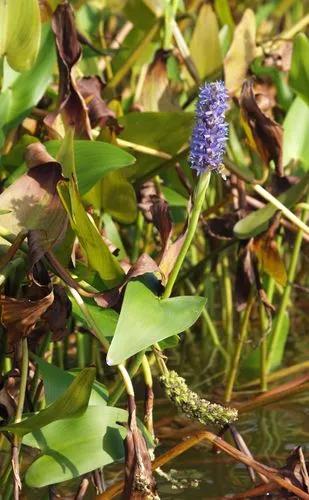R. rhaponticum is robust, clump-forming, deciduous perennial with large, triangular to heart-shaped, lobed, dark green leaves and spike-like panicles of tiny, star-shaped, greenish-white flowers in late spring and early summer.
False Rhubarb Care
Rheum Rhaponticum



How to Care for the Plant

Water

It prefers moist soil.

Pruning

Deadhead faded flower spikes.

Fertilizer

Between November and March, spread a layer of compost at the base of your rhubarb to help it grow.

Sunlight

It can grow in semi-shade (light woodland) or no shade

Soil

Suitable for: medium (loamy) and heavy (clay) soils, prefers well-drained soil and can grow in heavy clay soil. Suitable pH: acid, neutral and basic (alkaline) soils.

Temperature

Hardy to at least -20°c

Additional

The leaves contain high concentrations of oxalic acid. Oxalic acid can lock up certain minerals (especially calcium) in the body, leading to nutritional deficiency. Cooking the plant will reduce the concentration of oxalic acid. Another report says that the leaves have the same concentration of oxalic acid in the stems as they do in the leaves and it is not the oxalic acid that makes them poisonous. It says that any toxic properties of the leaves is more likely to be due to the presence of glycosides. People with a tendency to rheumatism, arthritis, gout, kidney stones or hyperacidity should take especial caution if including this plant in their diet since it can aggravate their condition

Popularity

223 people already have this plant 51 people have added this plant to their wishlists
Discover more plants with the list below
Popular articles






